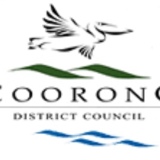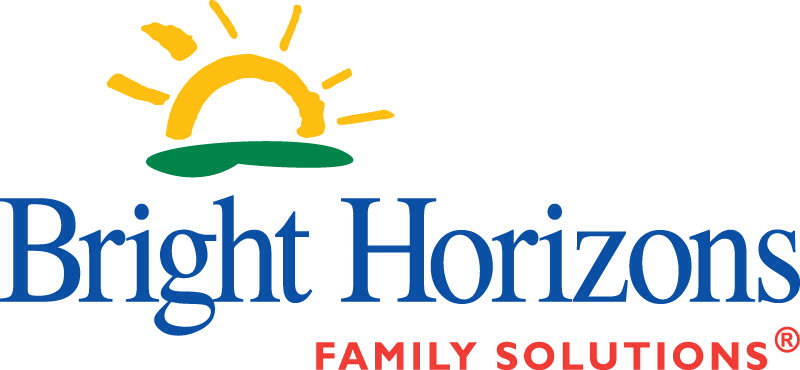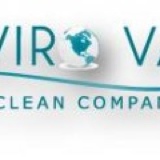Information
-
Document No.
-
Audit Title
-
Client / Site
-
Conducted on
-
Prepared by
-
Location
-
Personnel
-
Add location
-
Select date
-
Add signature
-
Add media
Bloodborne Pathogens (MIOSHA)
-
An assessment has been conducted at the site to determine if exposure to bloodborne pathogens is possible. If this assessment has determined exposure potential, a bloodborne pathogens program has been implemented
-
Employees who have occupational exposure (or the potential for occupational exposure) to human blood, bodily fluids and/or equipment that has come into contact with human blood or bodily fluids have received training
-
Vaccinations for Hepatitis are provided by Ambler; if not desired, a declination form is on file for each affected employee
-
Protective equipment (universal precautions) are used when exposed to human blood, bodily fluids or equipment containment with blood/fluids
Emergency Planning (MIOSHA)
-
There is a written emergency plan available and in place
-
Evacuation alarms, emergency lighting and exit signs are present, functional and tested periodically
-
There are general procedures for all staff (i.e. procedures for the drills and evacuation of premises)
-
There are regular evacuation drills (at least one every 12 months for all shifts)
-
Where hazardous substances are used, there are written procedures for dealing with incidents involving spills/releases, fires or explosions and injuries or over-exposure to workers and/or others (i.e. bystanders)
-
There are procedures to deal with geographical-based natural emergencies (i.e tornado, flood, earthquake, snow and/or ice storm)
-
Emergency telephone numbers are posted and are accessible at all times
-
Emergency equipment is stocked, maintained and kept in good working condition (i.e. AED, Oxygen tanks, first aid kits, fire brigade supplies, etc.)
Fire Safety (MIOSHA)
-
Emergency exits are adequately illuminated and unobstructed
-
Exits are clearly marked and visible through use of illuminated/reflective exit signs
-
Fire extinguishers are mounted on walls, charged and inspected/serviced monthly and annually. Documentation is available for these inspections
-
There is a minimum of 18 inch clearance between the sprinkler heads and any stored or stacked materials
-
An Emergency Fire Plan (including evacuation map) is posted
-
Employees are trained on emergency evacuation procedures
-
Flammable liquids are stored in an approved metal cabinet with doors closed
-
Flammable liquids are dispensed using bonding/grounding techniques
-
Flammable liquids are used in safe containers; aerosolizing (spraying) of flammable liquids is not permitted
-
Sprinkler heads are not painted over
-
Ceiling tiles are intact and in place
-
Fire hydrants are kept free of debris, vehicles and accumulation (i.e. snow)
-
Water control valve (on exterior of building) is in the open position at all times; locking of valve in open position is advised
-
Backflow valves are inspected annually by a certified supplier/vendor
First Aid (MIOSHA)
-
Approved First Aid kit(s) are available and easily accessible
-
First aid kits are maintained on a schedule and the stock is replenished as needed
-
There are an adequate number of employees trained in First Aid and CPR to provide coverage on all shifts
-
Emergency numbers are posted
Health/Medical Surveillance (MIOHSA)
-
An assessment of the workplace has been conducted to determine the medical/health (hygiene) surveillance programs that are required; the written assessment in on file in the workplace
-
Industrial hygiene testing is conducted routinely and as required for workplace-specific contaminants
-
A health/medical surveillance policy has been developed if required
-
Workers who are exposed to hazardous substances, processes or situations are required to undergo health surveillance and have been identified and notified
-
Industrial hygiene records are current and readily accessible
-
Procedures are in place to allow those recommendations stemming from health surveillance (IH results) to be reviewed and implemented
-
Procedures are in place for the recording of worker health surveillance
-
The results of their health surveillance is provided to workers
-
Workers are provided with the PPE necessary to minimize contact with hazardous materials and to keep their exposures beneath occupational exposure limits (respiratory protection)
Lead Based Paint (EPA)
-
Hillsdale-owned houses have been assessed for lead based paint hazards
-
Tenants have been given a copy of the lead-based paint assessment/inspection
-
Tenants have received a copy of EPA's "Protecting Your Family" brochure
-
Tenants have received a copy of EPA's "Renovate Right" brochure prior to renovation or repair work in impacted houses
Lockout Tagout Procedures (MIOSHA)
-
An assessment has been conducted to determine if Lockout Tagout programs are needed. If not needed, documentation of the assessment is on file
-
I needed, the facility has a written Lockout Tagout program
-
Equipment-specific procedures have been developed, trained, are current and are either posted or readily available at each piece of equipment
-
Trained employees are provided with individually keyed personal safety lock(s)
-
Employees are required to keep personal control of their key(s) while they have safety locks in use
-
Procedures require that only the employee exposed to the hazard can remove the safety lock; emergency lock removal procedures are in place in the event that employee is not able to remove his/her own lock
-
Procedures require that employees check safety of the lockout by attempting a startup after making sure no one is exposed
-
Means have been provided to identify all employees who are working on locked-out equipment by their locks or accompanying tags
-
Sufficient number of tags and safety padlocks are provided for any reasonably foreseeable repair emergency
-
Each source of hazardous energy (i.e. electrical, steam, chemical, pneumatic, hydraulic, mechanical, gravitational, etc.) is required to be separately locked or blocked out and these steps are in a written procedure
-
In the event that equipment or lines cannot be shut down, locked-out and tagged, a safe job procedure is established and rigidly followed
Personal Protective Equipment (MIOSHA)
-
Written workplace assessments have been conducted to determine if hazards that require the use of personal protective equipment (PPE) are present or are likely to be present. These assessments are dated and signed by the evaluator
-
Employees are trained on PPE procedures
-
Protective goggles or goggles/face shields are provided and worn where there is any danger of flying particles or corrosive materials
-
Approved safety glasses are worn at all times in areas where there is a risk of eye injuries such as punctures, abrasions, contusions or burns
-
Employees who need corrective (glasses or contacts) in working environments having harmful exposures are required to wear only approved safety glasses, protective goggles, or use other medically approved precautionary procedures
-
Protective gloves, aprons, shields or other means are provided and required where employees could be cut or where there is reasonably anticipated exposure to corrosive liquids, chemicals, blood or other potentially infectious materials
-
Hard hats are provided and worn where danger of falling objects to exists
-
Hard hats are inspected periodically for damage to the shell and suspension system
-
Appropriate foot protection is required where there is the risk of foot injuries from hot, corrosive or poisonous substances, falling objects, crushing or penetrating actions or in areas where material in excess of 40 lbs are used or material handling equipment is used (forklifts, pallet jacks, etc.)
-
The facility has a written and current respiratory protection program
-
Approved respirators are provided for regular or emergency use where needed
-
Employees are trained on and are required to clean and maintain respirators
-
Facial hair that could affect the ability of the respirator to form a proper seal is not permitted
-
Pre-placement medicals and on-going annual medical testing is performed for employees who wear or may be required to wear a respirator
-
Adequate eye wash facilities and a quick drench shower within the work area where employees are exposed to injurious corrosive materials
-
Hearing protection is required when sound levels exceed the legislated noise standard
-
Adequate work procedures, protective clothing and equipment provided and used when cleaning up spilled toxic or otherwise hazardous materials or liquids
-
Procedures are in place for disposing of or decontaminating personal protective equipment contaminated with, or reasonably anticipated to be contaminated with, blood or other potentially infectious materials
Signage/Posters/Literature or Legislated Documentation (MIOSHA & EPA)
-
No Smoking signs are posted where applicable
-
"Exit" and "Not an Exit" signs are posted where applicable
-
PPE signage, confined spaces signage, compressed gas storage signage, not surface and other hazard signage is present where applicable
-
OSHA Poster is posted
Training (MIOSHA)
-
Employees receive EH&S training as part of the new hire process
-
Employees receive First Aid/CPR training as needed
-
Employees are trained in emergency procedures
-
Employees receive EHS training specific to their jobs (i.e. bloodborne pathogens, forklift, lockout tagout , etc.)
-
Employee training files are complete
-
Course records are kept on file recording the date of training, the training and testing materials, an attendance roster, the name of the instructor and the duration of the training












